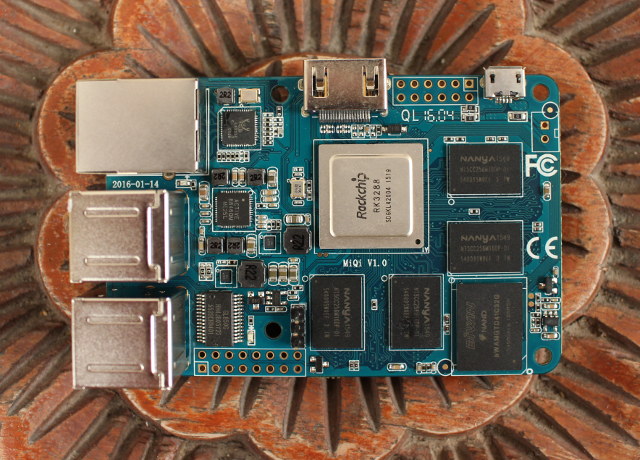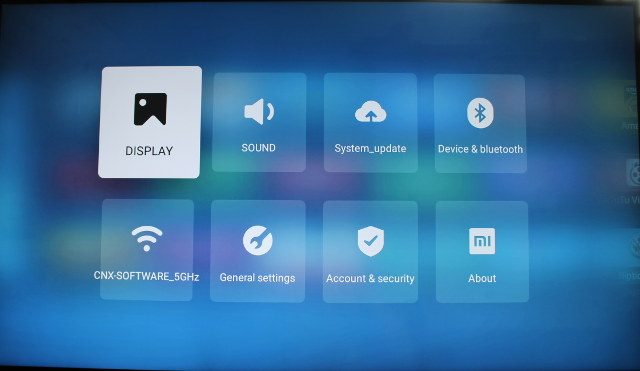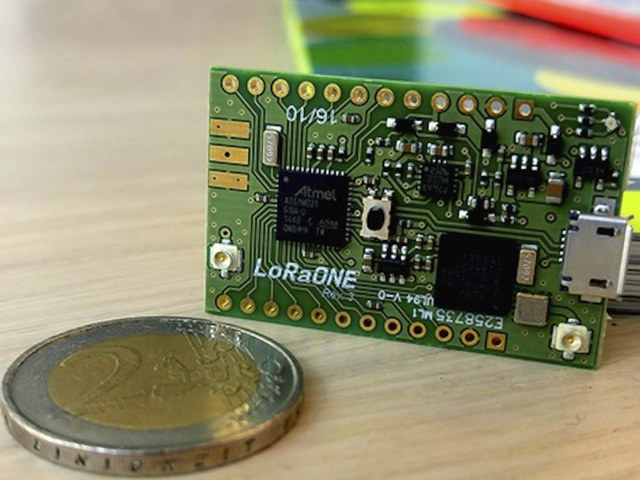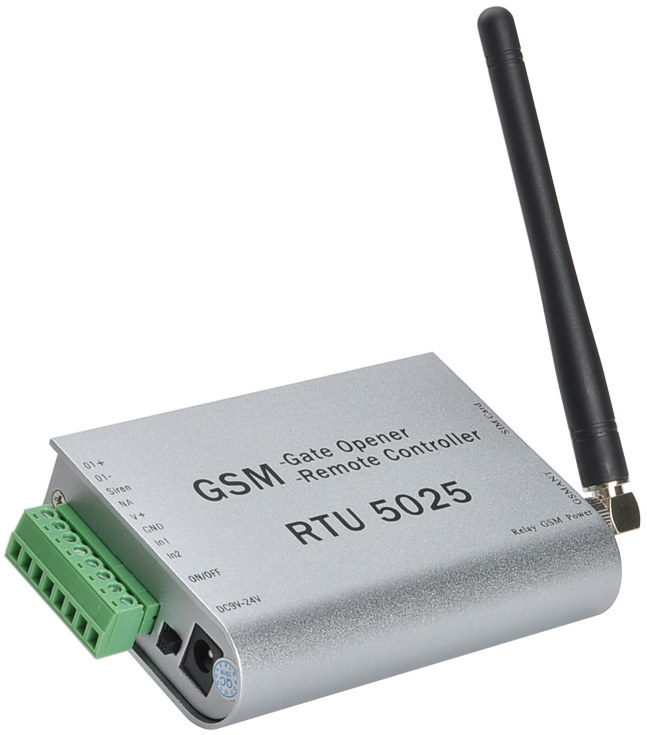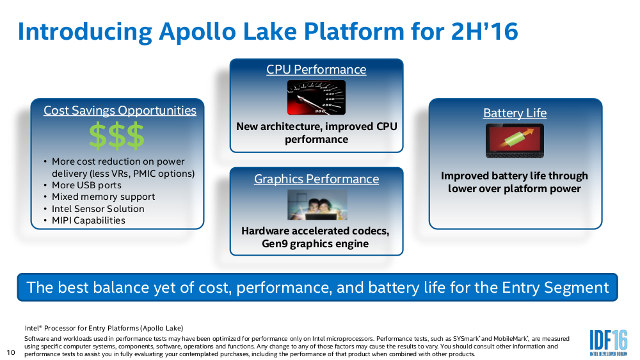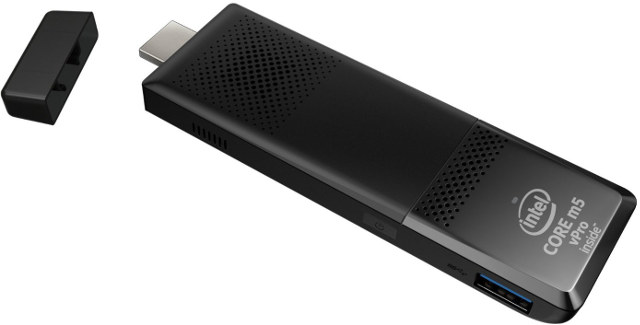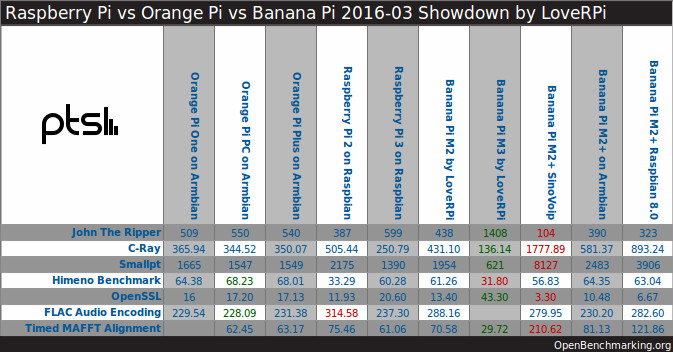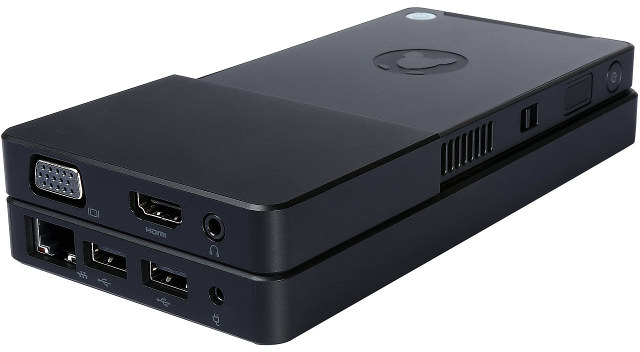Rockchip RK3288 processor may have launched in 2014, but it’s still one of the most powerful processor found in TV boxes for example, and in the past we’ve seen higher end board based on the processor such as Firefly-RK3288 or Radxa Rock 2 Square selling for well above $100. But MQMaker, the company that previously made WiTi router board, is bringing a smaller and cheaper RK3288 development board with MiQi, which definitely looks similar to the Raspberry Pi. MiQi board specifications: SoC – Rockchip 3288 quad core ARM Cortex A17 up to 1.8 GHz with Mali-T764 GPU supporting OpenGL ES 1.1/2.0 /3.0, and OpenCL 1.1 System Memory – 1 or 2G DDR3 depending on model Storage – 8 or 32 GB eMMC flash depending on model + micro SD slot Video & Audio output – HDMI 2.0 up to 3840×2160@60p Connectivity – Gigabit Ethernet USB – 4x USB 2.0 host ports, 1x micro USB port Debugging […]
Xiaomi Mi Box 3 Enhanced Review
We’ve already taken Xiaomi Mi Box 3 Enhanced TV box apart in the unboxing and teardown post, and after changing the language to English, seen the performance is excellent thanks Mediatek MT8693 hexa-core processor, so I’ve done further experiments and tests with the device, and will report my findings in this review. Settings and Power Handling and Consumption Mibox 3 Enhanced boots reasonably fast I can get to the user interface within 30 seconds. We’ve already the main GITV user interface in previous posts, but I had not gone through the settings yet. There are eight main sections: Display Resolution settings – 3840×2160 @ 60/50/SMPTE24/30/24 Hz, 1080p @ 60/50 Hz, 720p @ 60/50 Hz, Scale and position – For overscan adjustment Sound Button sounds – On/Off Sony/Philips Digital Interface Format – PCM/Raw data (actually used for HDMI audio pass-through) System_update – MIUI TV firmware OTA update Device & Bluetooth – […]
LoRaONE is a Small LoRa IoT Development Board Based on Atmel SAMD21 MCU, Microchip LoRaWAN Module (Crowdfunding)
While there are many long range LPWAN standards, LoRa appears to be one of the most popular with boards such as LoPy, and now SODAQ LoRaONE module hitting crowdfunding campaigns. LoRaONE is powered by an Atmel Cortex M0+ micro-controller, features Microchip RN2483 or RN2903 LoRaWAN module, GPS, and various sensors. LoRaONE board specifications: MCU- Atmel ATSAMD21G18 ARM Cortex M0+ micro-controller @ 48 MHz with 256 KB flash memory, 32KB SRAM, and up to 16 KB EEPROM (by emulation) Connectivity LoRa via Microchip RN2483 (433/868 MHz) or RN2903 (915 MHz) module depending on your region GPS via u-blox EVA 7M USB – 1x micro USB port for power and programming Expansion headers (unpopulated) 14x digital pin, 12x for analog and 8x for PWM, plus UART, SPI and TWI (I2C) Analog output pin – 10-bit DAC External Interrupts: Available on all pins DC Current per I/O pin: 7 mA Operating Voltage – […]
RTU-5025 GSM Relay Controller Supports Up to 64 Phone Numbers
We’ve already seem boxed WiFi and Bluetooth wireless relays that can be used to turn on and off appliances using a smartphones or web applications, but I’ve just been made aware that GSM relay controllers such as RTU 5025 could also be a good options since they allow for authentication using the mobile number, can be used with any phone, not only smartphones, and don’t cost anything to operate, beside the eventual maintenance cost of the SIM card inside the device, since the relay does not actually answer calls. It can also send an SMS to the owner each time the relay is activated, in which case the cost of SMS might have to be considered. RTU 5025 specifications and key features: Connectivity – GSM PHASE 2/2+@ 850/900/1800/1900 MHz with SIM card slot + GSM antenna Output Relay – 3A/240V Rated Voltage – 12V/1A Working Temperature – -10 to 60 […]
Mini PCs and Cloudbooks Powered by Intel Apollo Lake Pentium and Celeron Processors, Successors of Braswell SoCs, are Expected in H2 2016
Intel released a presentation entitled “Design Considerations and Reference Designs for Entry, Value and Mainstream PCs” at IDF 2016 Shenzhen, explaining the company vision about low power laptops and mini PCs. At the core of those devices will be “Apollo Lake” Pentium and Celeron Processors with 6 to 10W TDP replacing Braswell processors with better CPU and graphics performance, lower power consumption, and low overall BoM cost. Beside mini PCs, the processors will also find their way into what Intel calls Cloudbooks, some sort of laptops with 2 to 4GB RAM, 32 to 64GB storage, no hard drive, and displays whose size ranges from 11.6″ to 14″. So it looks like Cloudbooks may be the new Netbooks, with better performance and larger displays. Cost savings on the mainboard are achieved thanks to the integration of many features (Signal Processor, SD Card bridge chip, Spead Spectrum Clock…), low power consumption leading […]
Intel Compute Stick STK2mv64CC Powered by Core m5-6Y57 vPro Processor is Up for Pre-order for $485
Intel announced five new Computer Sticks at the beginning of the year, and so far 4 have been launched, and the Intel Core m3 have been benchmarked showing about to double the performance compared to the Cherry Trail versions, but the most powerful model based on Core m5 had yet to be launched. The news is that if you have some spare cash, you can now pre-order Intel Compute Stick STK2mv64CC based on Core m5-6Y57 vPro processor for $485 on Amazon US with shipping scheduled for May 12, 2016. That’s quite a steep price, so let’s see what you’d get for $500: SoC – Intel Core m5-6Y57 vPro dual core/four thread processor @ 1.1 GHz/2.8GHz with Intel HD Graphics 515 @ 300MHz/900Mhz (4.5 W TDP, configurable to 3.5W and 7W) System Memory – 4 GB DDR3L @ 1833MHz dual channel memory Storage – 64 GB eMMC + micro SDXC v3.0 slot with […]
Software Matters, or How SinoVoIP Crippled Banana Pi M2+ Performance.
The most common way to use a development board is to simply go to the manufacturer website, and download the images from there. They are the ones who made the hardware after all, and they should be the most knowledgeable about their platform. But it may not always be true as tkaiser found out when he ran some Phoronix benchmarks on Banana Pi M2+ (aka BPI M2+) board with SinoVoIP (the manufacturer), Armbian, and Raspbian images. The results speak for themselves. The last three columns are what is of interest here, and in some benchmark Banana Pi M2+ is about 3 times slower with SinoVoIP image compared to Armbian, while with others the performance is quite similar. John The Ripper password cracker benchmark shows a massive difference between distributions… … while FLAC audio encoding not so much. So what’s going on here? First Jon the Ripper is a multi-threaded applications, […]
$200 Kangaroo Mobile Desktop Pro mini PC Features a Larger Dock with 2.5″ SATA Slot, VGA, HDMI, and More
The original Kangaroo Mobile Desktop PC came with an Intel Atom x5-Z8500 processor, 2GB RAM, and 32GB flash, as well as a small dock to add HDMI, two USB ports, and DC input. The company also launched an upgraded “Plus” version with 4GB RAM and 64GB flash a few months ago, but now they have introduced the Pro version with the same CPU “module”, but a larger dock, making the device over twice as thick by adding a 2.5″ SATA bay, Ethernet, VGA, etc… Kangaroo Mobile Desktop Pro specifications (bold highlights show difference with original model): SoC – Intel Atom x5-Z8500 Processor @ 1.44 GHz (up to 2.24 GHz) with 2M Cache and Intel Gen8 Graphics System Memory – 2GB LPDDR3 Storage – 32GB eMMC + micro SD slot + 2.5″ slot for SSD or HDD Video Output – HDMI and VGA Audio Output – HDMI and 3.5mm audio jack […]


